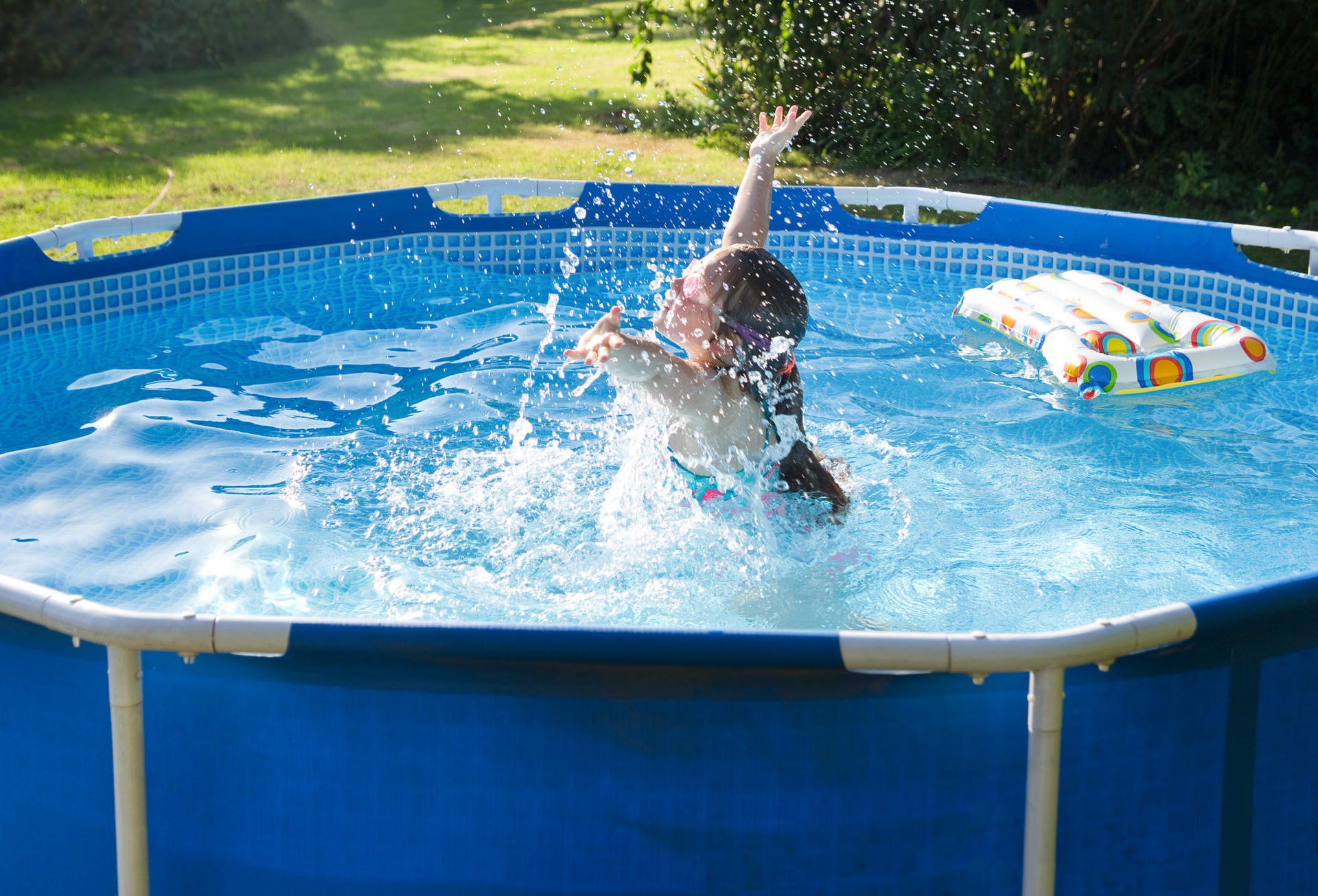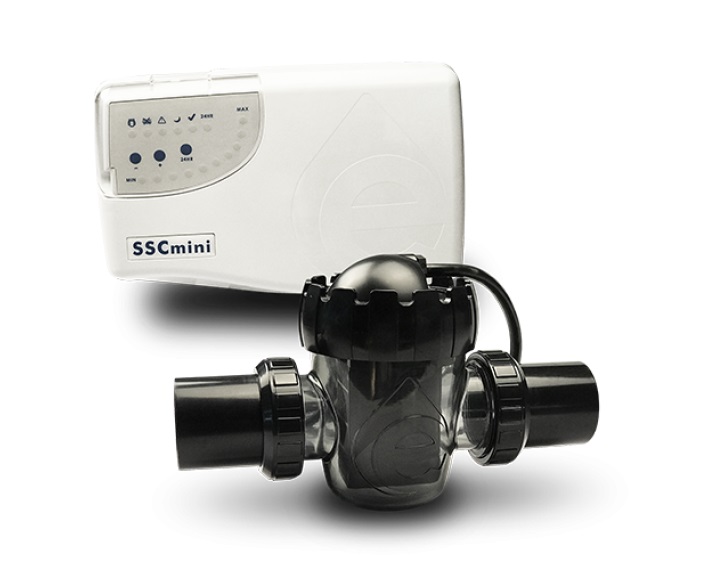Building a Garden Pool Free Technical advice with all Equipment Sales
Starting off with the basics, Bestway and Intex above ground swimming pools are the two big names in this type of garden installation. They both produce decent quality frames and liners. With the growth in domestic pool popularity many other quite reasonable brands have popped up over the last couple of years.
Like many UK households a garden pool taken down at the end of summer and garage stored over the winter is a great cost effective way to enjoy a home swimming pool. Simple preparation of the ground ensuring no roots or the odd tent peg left over from last year’s garden camp can pop the liner and you are away. It is worth covering the ground with a thick ground sheet, larger than the footprint of the pool liner and frame so both sit on top will help stop weeds and give a bit more protection to the frame and liner.
Heating:-
If you intend to have pool heating it is worth placing foam insulation slabs on the groundsheet and then the liner on top. When the pool is closed at the end of summer they can be simply lifted and stored with the pool over winter. You will be surprised how much heat will be retained. We suggest a minimum of 30/40mm thickness and once laid as long as the base is well drained can be covered with thin 3 ply wood sheeting. Again the foam and ply sheets need to be wide enough to sit the liner and frame on top maintaining the same height and strength when filled with water.
The Correct Equipment:-
As for the standard pump and filter equipment normally supplied with Bestway and Intex and smaller pool types, they are just not man-enough to cope with anything but light use. In addition many of their pipe fittings are their own proprietary types and will not take the standard fittings of the pool industry.
All is not lost – To build a garden pool we have pipe fittings that will convert the liner feed & return connections and skimmers into standard swimming pool types. They will also take larger capacity flexi pipes if required. We carry from stock replacement swimming pool pumps and filter units to suit every pool type that outperform the units originally supplied with the pool.
Garden framed pools for filtration and pump combinations expect to pay:-
Water volume up to 12/15m³ maximum and with basic heating our compact FSU units is more than man enough for the job. From £195
Water volumes 15m³ and upwards for unheated pools our FSP combos are outstanding value. From £358 There are side mount versions in this range.
For the above with heat pumps or heat exchanger central heating our fiberglass filter vessel models are the FSF and from £383 and the side mount options FSB ranges.
Of course buying the same pump and filter individually can offer more flexible positioning options and come in a little cheaper but a small amount of extra piping is required for the in-between connection.



